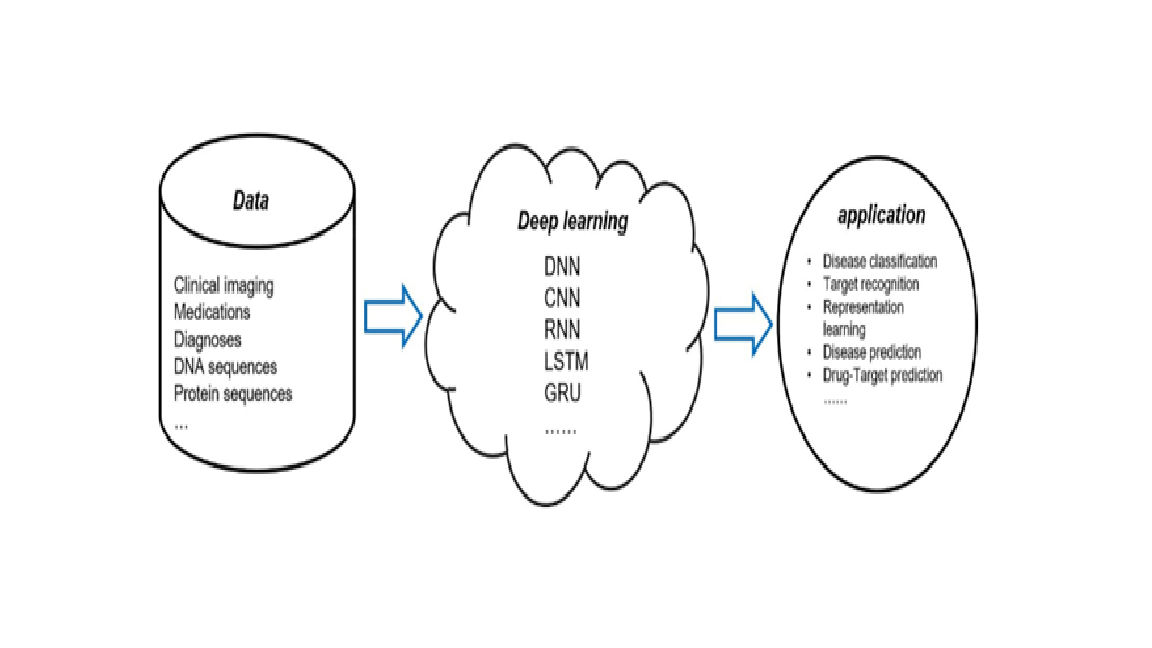Deep Learning for Medical Diagnosis and Prognosis
Main Article Content
Abstract
Deep learning has emerged as a powerful tool in the field of medical diagnosis and prognosis, revolutionizing the way healthcare professionals analyze and interpret medical data. With its ability to automatically extract intricate patterns and features from complex datasets, deep learning holds immense promise for improving the accuracy, efficiency, and timeliness of medical diagnoses and prognostic assessments. This abstract explores the applications of deep learning in medical diagnosis and prognosis, highlighting its role in various healthcare domains such as radiology, pathology, cardiology, oncology, and neurology. It examines the underlying principles of deep learning algorithms, including convolutional neural networks (CNNs), recurrent neural networks (RNNs), and transformer models, and their adaptation to medical image analysis, electronic health records (EHRs), genomic data, and wearable sensor data. Furthermore, the abstract discusses the challenges and opportunities associated with the deployment of deep learning models in clinical practice, including data scarcity, interpretability, generalizability, and regulatory compliance. It explores techniques for mitigating these challenges, such as transfer learning, data augmentation, model explainability, and uncertainty estimation. Moreover, the abstract showcases the impact of deep learning on medical diagnosis and prognosis through case studies, research findings, and clinical applications. It highlights the achievements of deep learning models in detecting diseases, predicting treatment outcomes, stratifying patient risks, and optimizing clinical decision-making processes. In conclusion, this abstract emphasizes the transformative potential of deep learning for advancing medical diagnosis and prognosis, paving the way for personalized, data-driven healthcare interventions. By leveraging the capabilities of deep learning algorithms, healthcare practitioners can enhance diagnostic accuracy, improve patient outcomes, and ultimately, save lives in the increasingly complex landscape of modern medicine.
